
The looming scarcity of essential imported materials has overshadowed traditional weaving in Addis Abeba. Weavers recall a time when Timqet festivities meant a flurry of orders in the northern outskirts of Shero Meda. They once earned at least 2,000 Br a day, but now struggle to pull in half of that. The cost of thread alone has soared from 30 Br to 300 Br a roll. Forced to take on multiple roles, from delivery to marketing and embroidery, a few weavers strive to honour the legacy of their forebears in an industry many are abandoning. On the third floor of a building the city government allotted to local weavers, the atmosphere differs from the dynamic “Sunday Market” era they fondly remember. Their workshop is mostly empty, and the lack of direct trade partnerships has stifled the flow of raw materials. It has also inflated prices beyond the reach of many workers, forcing them to buy through layers of merchants. Some items sold by producers for 5,000 Br end up retailing at 80,000 Br, exposing a glaring imbalance.
Disruptions brought by a corridor development project eroded the market, demolishing the shops that once thrived in Shero Meda. Underpinning this anguish is the widespread shift among consumers towards printed and imported chiffon fabrics. Increasingly facing economic uncertainty, price-conscious buyers prefer these lighter, cheaper materials they can wear more often than the heavier, more expensive hand-woven garments. Adding to the pressure, merchants frequently mark up the cost of threads and other inputs, leaving weavers with razor-thin margins. Embroidery workshops on the second floor mirror the same malaise. Social media lures customers, but even machine embroidery, a faster and sometimes cheaper method, is not enough to spark the robust demand of previous Timqet seasons. Taxes also weigh heavily; one embroiderer was slapped with a 95,000 Br bill. To cope, some have branched into newer crafts, hoping to appeal to the growing appetite for chiffon and modern designs.
Even the fashion-conscious segment of the market is not insulated from the shortages. A few designers who blend traditional hand-woven fabrics into contemporary outfits may have found success with new T-shirts and blouses. However, it has been undercut by a chronic lack of working capital and unpredictable input supply. Fearful of faulty raw materials, they juggle multiple suppliers, driving up operational costs. Such constraints restricted the expansion of what could be a thriving industry. Officials at the Ministry of Culture & Sport acknowledge that the spindly chain leaves weavers at the bottom of the earning pyramid. Efforts are underway to build direct links between producers and exporters, as well as to brand and legally protect cultural clothing. Experts warn that without integration of the cotton and weaving sectors and an inflow of younger talent, the time-honoured craft might struggle to maintain a presence in a country known for its vibrant textile heritage.
PUBLISHED ON
Jan 19,2025 [ VOL
25 , NO
1290]
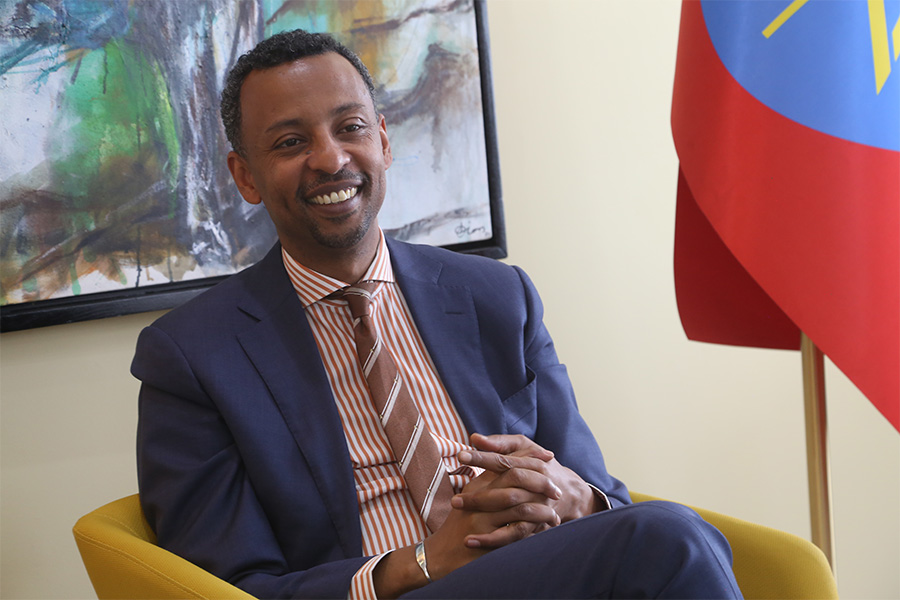
Dec 22 , 2024 . By TIZITA SHEWAFERAW
Charged with transforming colossal state-owned enterprises into modern and competitiv...
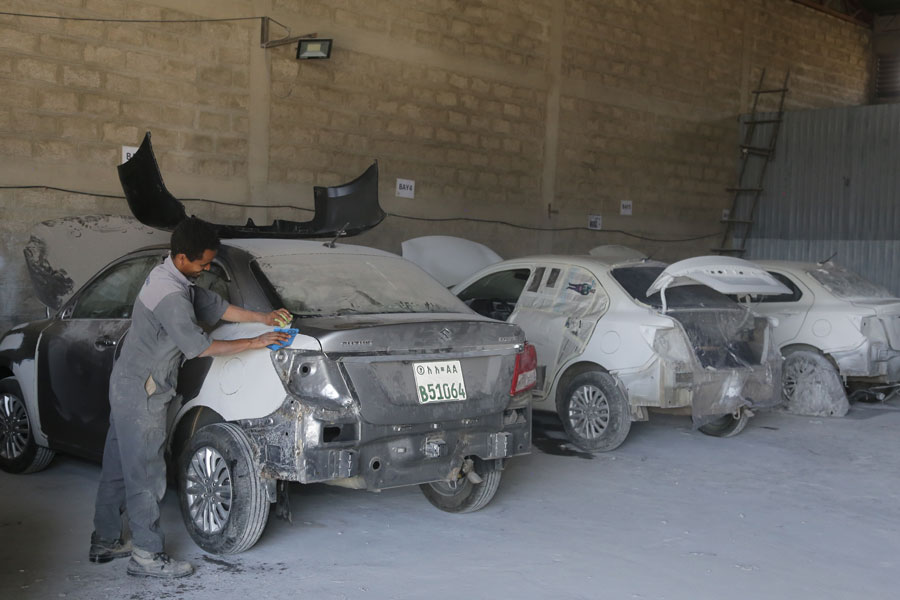
Aug 18 , 2024 . By AKSAH ITALO
Although predictable Yonas Zerihun's job in the ride-hailing service is not immune to...
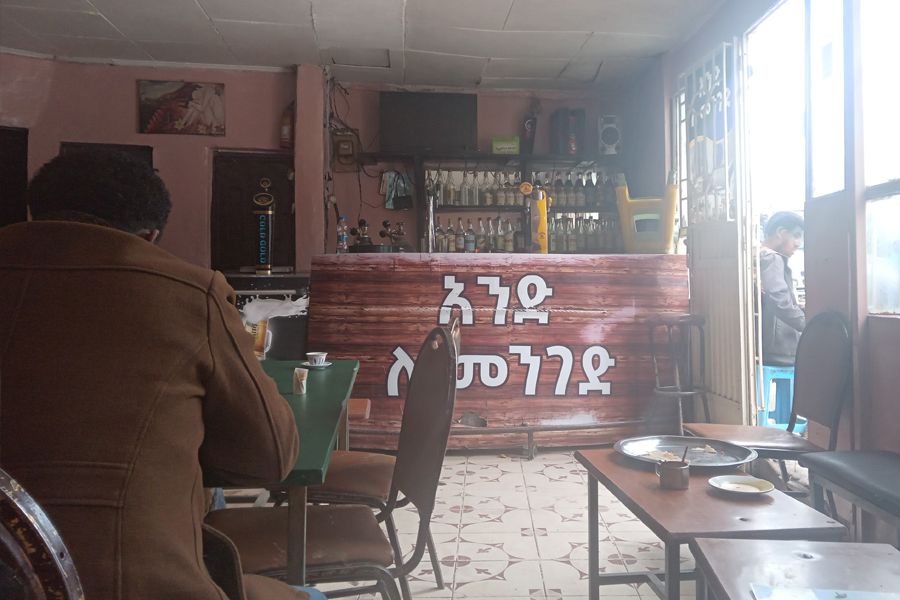
Jul 28 , 2024 . By TIZITA SHEWAFERAW
Unhabitual, perhaps too many, Samuel Gebreyohannes, 38, used to occasionally enjoy a couple of beers at breakfast. However, he recently swit...

Jul 13 , 2024 . By AKSAH ITALO
Investors who rely on tractors, trucks, and field vehicles for commuting, transporting commodities, and f...
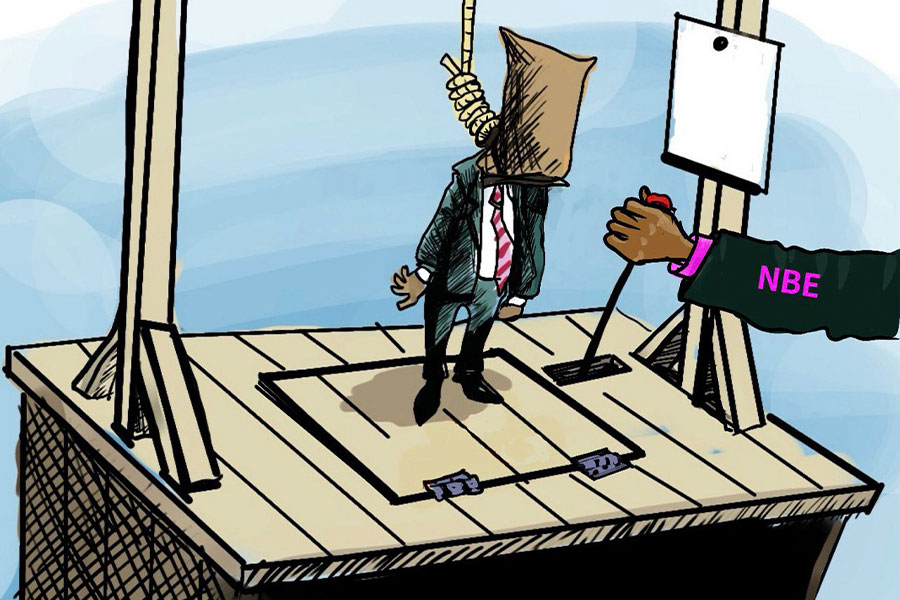
Nov 1 , 2025
The National Bank of Ethiopia (NBE) issued a statement two weeks ago that appeared to...
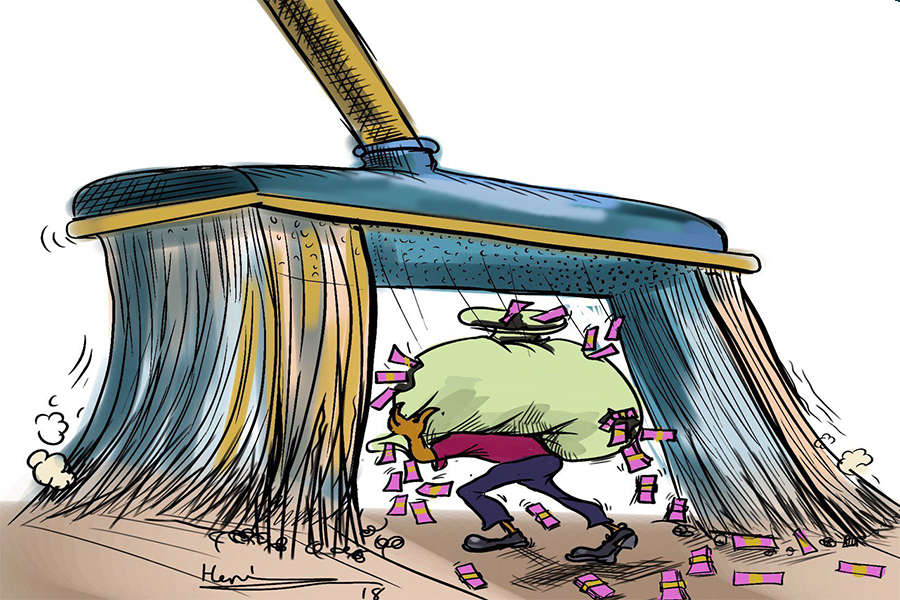
Oct 25 , 2025
The regulatory machinery is on overdrive. In only two years, no fewer than 35 new pro...
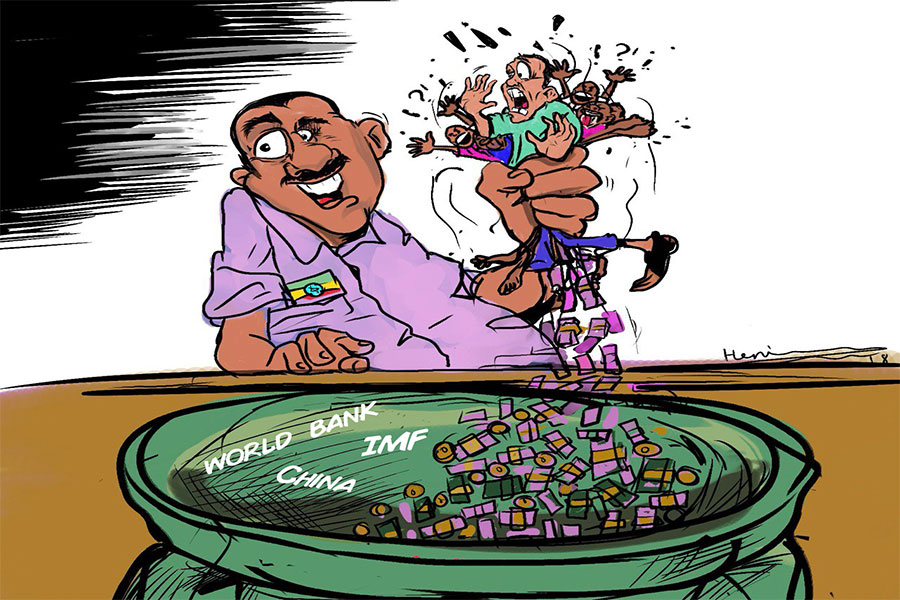
Oct 18 , 2025
The political establishment, notably the ruling party and its top brass, has become p...
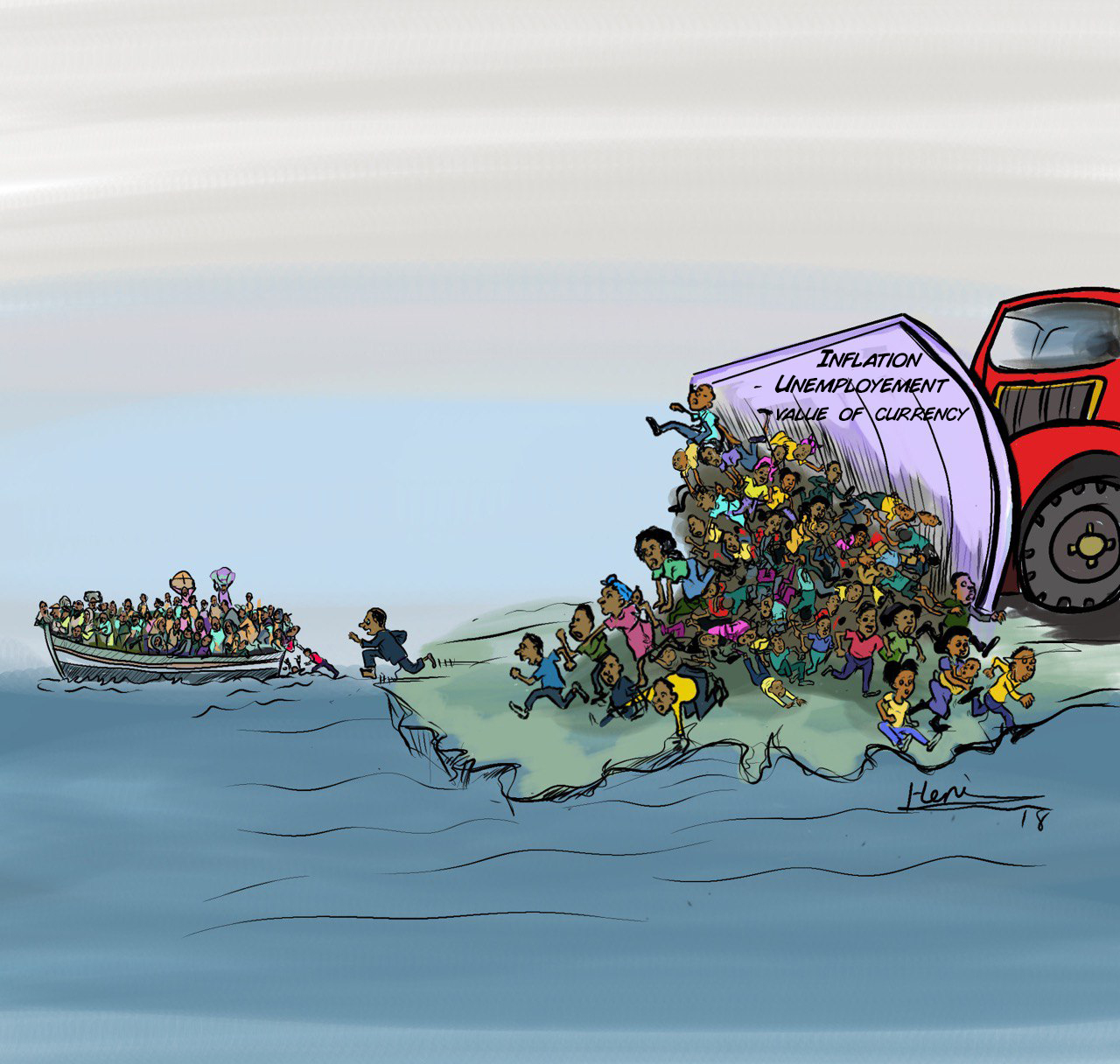
Oct 11 , 2025
Ladislas Farago, a roving Associated Press (AP) correspondent, arrived in Ethiopia in...